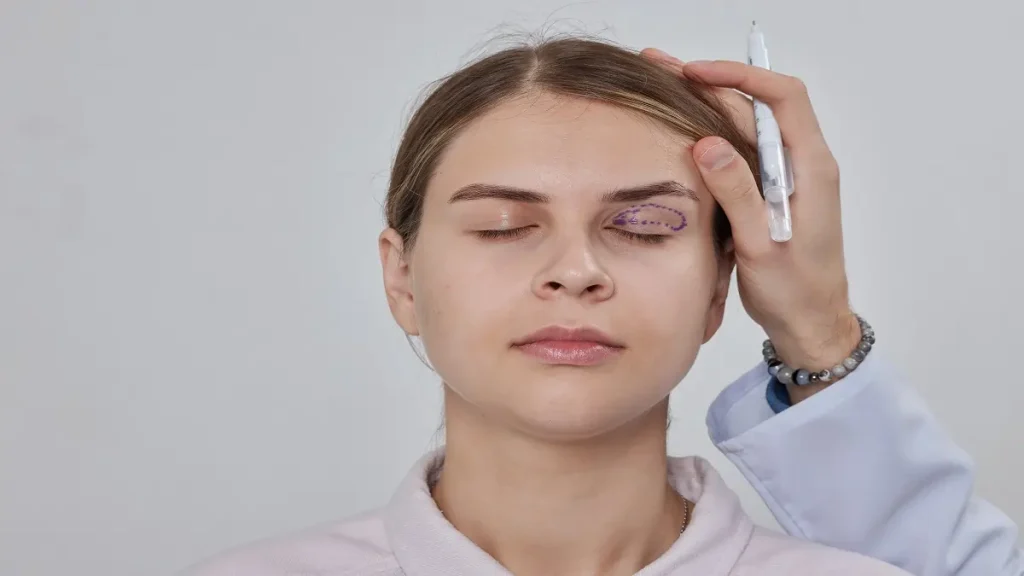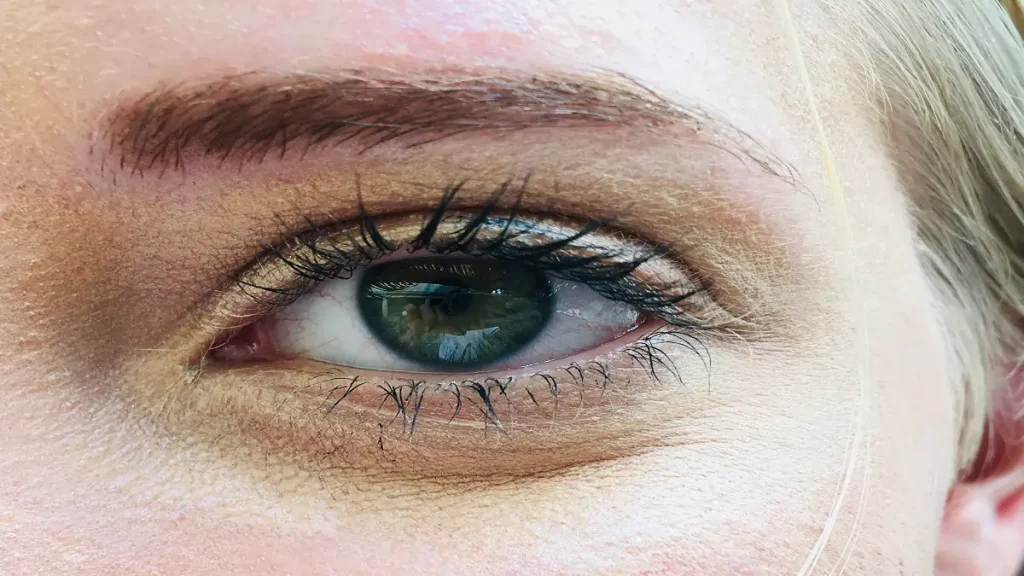Ptosis Repair
What is ptosis repair surgery? Ptosis repair surgery is a procedure performed to correct drooping of the upper eyelid, a condition called ptosis. This surgical intervention aims to elevate the eyelid, improving both visual function and aesthetic appearance. There are two main approaches to ptosis repair surgery: the external approach and the internal approach. The […]









